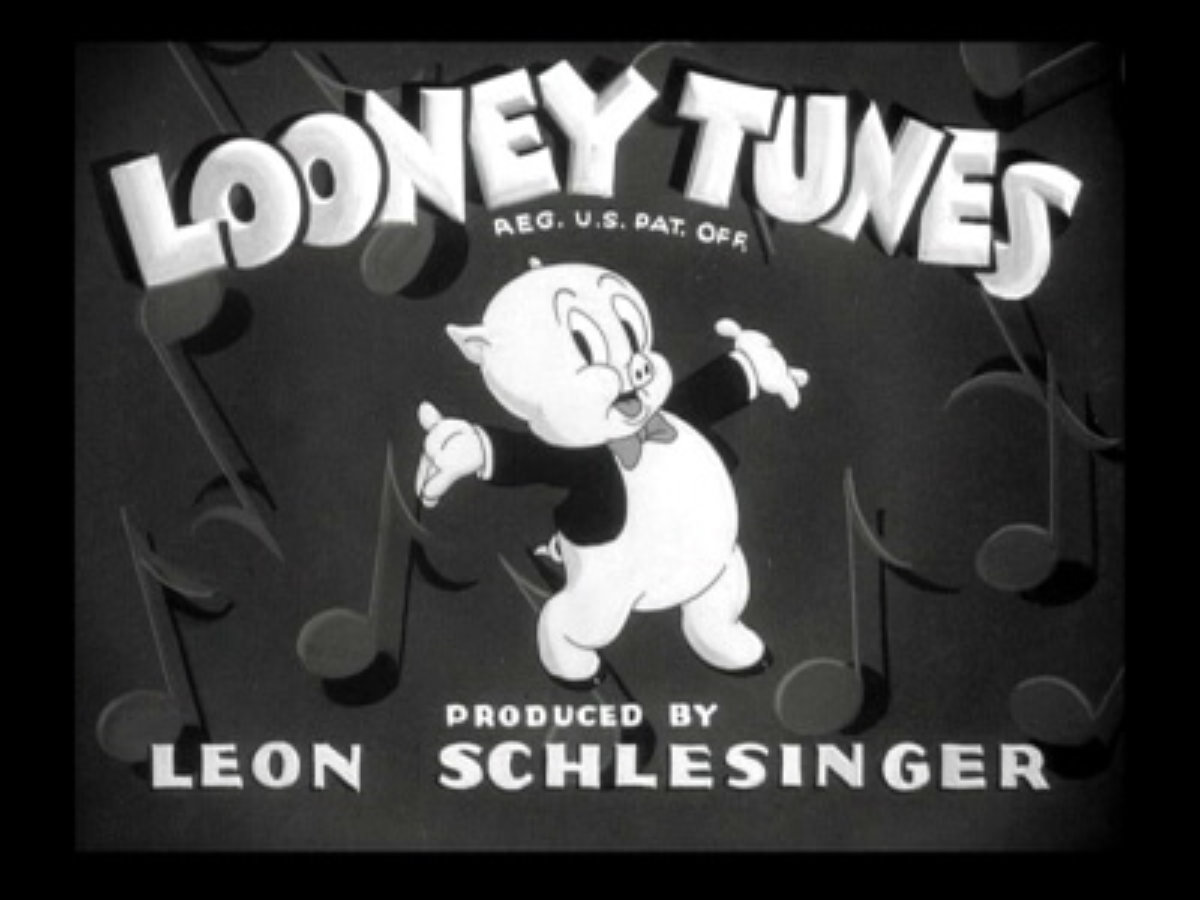What is Anthropomorphism?
Anthropomorphism is a term that is commonly used in screenwriting and in literature to describe the comparison or attribution of human traits. This includes acts like breathing, human emotions such as happiness. Or human intentions such as a plan to perform an action. In relation to a non-human entity. As humans, we often project our own traits to non-humans such as animals or items. We also project these traits to characters. Which can be described as anthropomorphic characterizing. But what is anthropomorphism? And what does it mean?

What is Anthropomorphism?
Anthropomorphism is incredibly common in Disney films. You might recall animals from various Disney films being referenced as having human-specific characteristics or attributes?
For example, the animals in many of these films have feelings and emotions such as fear, sadness, and worry. They also frequently talk, just like humans do and they may dance or sing — all of which are human specific traits that animals don’t typically possess.
Anthropomorphism represents the attribution of human-specific characteristics not only to animals, but also to other non-human elements, objects, or even natural phenomena.
Thus anthropomorphism can also be described by the tendency to project real or imagined behavioral traits onto these non-human agents which have humanlike characteristics or motivations or emotions.
Why Does Anthropomorphism Exist in Films?

As we seek to answer the question, “What is anthropomorphism?” It’s important for us to also touch base on the reasons why anthropomorphism exists in films and movies.
What is it about humans that causes us to inherently engage in the behavior of applying human traits and characteristics to the non-human entities that we talk about? Is it because it helps us to relate better to the entity?
Finding Commonalities
Actually, humans do find it easier to relate to non-human beings including natural phenomena, when we apply human-like jargon to the situation. We also apply anthropomorphism to things, like animals. When we otherwise don’t understand a particular behavior or outcome.
This helps us to understand how the animal behaves. Keep in mind that when we apply anthropomorphism to animals (also referred to as anthropomorphising animals) our interest isn’t in putting human behavior into an animal.
Rather, we attempt to identify something that is common in an animal, and using our language to communicate what we see the animal drawing.
Characteristics and Examples of Anthropomorphism in Film
Think back to the movie (or book), Alice in Wonderland. In which the rabbit was always running around saying, “I’m late, I’m late,… I’m late, I’m late” Late for what? You’re a rabbit!
This was a prime example of anthropomorphism in which the rabbit was exhibiting traits of punctuality (or a lack thereof). As well as having a full English vocabulary and human-like emotions resemblant of the average individual.
Now, think about the following characteristics and examples that can apply:
- Characters are not human, perhaps they are an animal or an item such as candlestick, which behave like a human.
- Anthropomorphism turns objects into characters with human qualities.
- Anthropomorphism is even seen in the biblical book of Genesis. In which Eve finds temptation to eat from the “Tree of Knowledge” as she chats with the serpent. In this example, the serpent and the tree are both uses of anthropomorphism in film.
So, now that we’ve answered the question, “What is anthropomorphism?” and showed how it is used in films and stories. Can you think of any examples of anthropomorphism that excite you?

